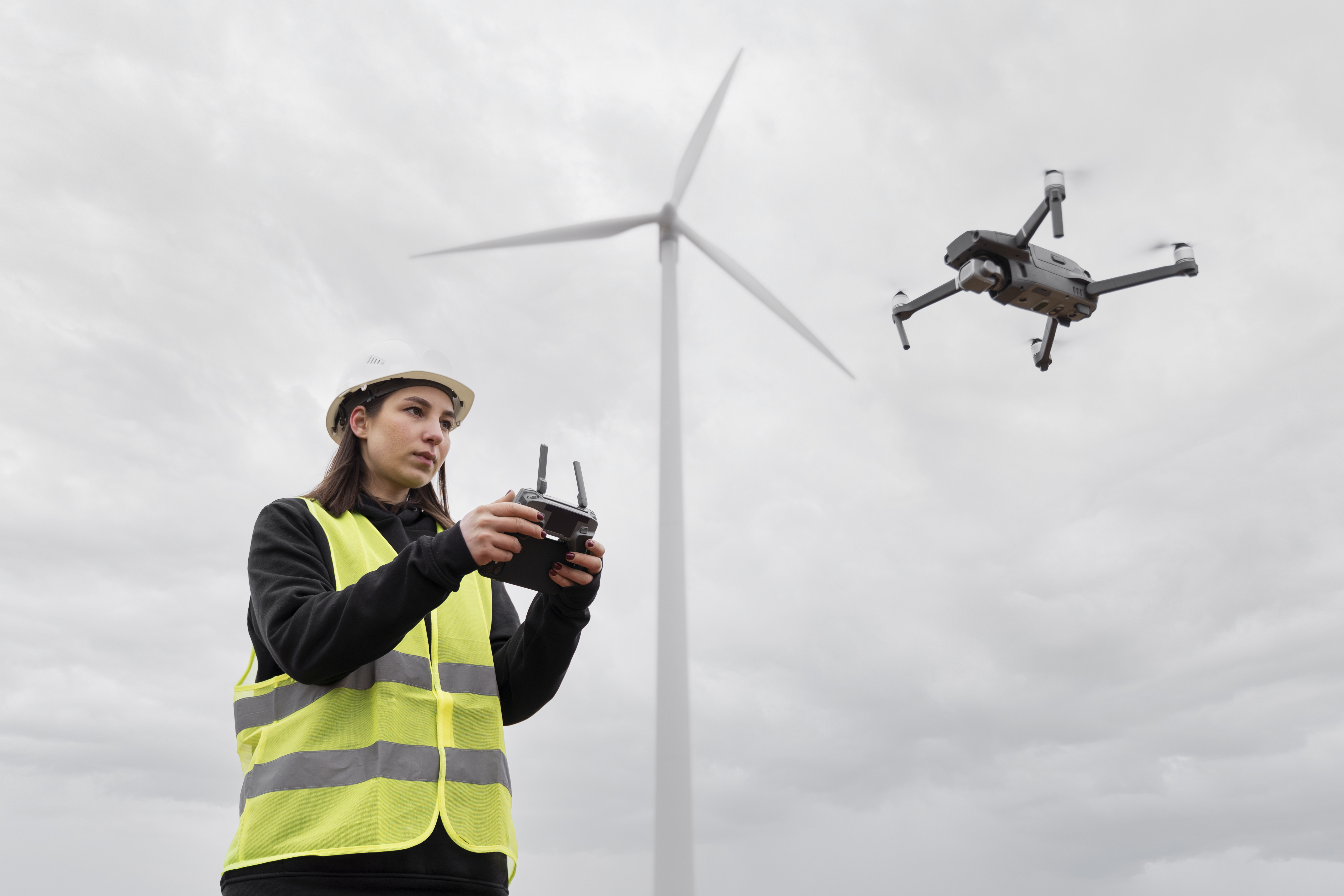The telecommunication industry is undergoing a profound transformation with the integration of artificial intelligence (AI). AI has emerged as a disruptive force, revolutionising the way telcos operate and deliver services. In this article, we will explore the significant impact of AI in telecoms, how AI is used in telecommunication, how it helps telcos, and the transformative effects it has on the telecommunication industry.
How AI is Used in Telecommunication:
Enhanced Network Efficiency and Management:
AI technologies, such as machine learning and predictive analytics, are utilised to optimise network efficiency and management. AI algorithms analyse vast amounts of data collected from network devices, enabling telcos to adapt to changing demands, predict potential issues, and allocate resources effectively. This results in improved network reliability, reduced downtime, and enhanced overall customer experience.
Intelligent Customer Service:
AI-powered chatbots and virtual assistants have become essential components of customer service in the telecoms industry. These intelligent conversational agents leverage natural language processing and machine learning to handle a wide range of customer queries, provide real-time assistance, and offer personalized recommendations. AI streamlines customer support, reduces response times, and enhances customer satisfaction.
Predictive Maintenance and Fault Detection:
AI plays a crucial role in enabling proactive maintenance and fault detection in telecoms. By analysing extensive data from network devices, AI algorithms identify patterns and anomalies that indicate potential failures. This predictive approach allows telcos to schedule maintenance activities in advance, prevent service disruptions, and optimize network performance.
Network Security and Fraud Prevention:
AI aids telcos in identifying and mitigating security threats. AI-powered algorithms analyze network traffic, detect abnormal patterns, and flag potential cybersecurity breaches. Furthermore, AI-driven fraud detection systems help telcos combat fraudulent activities such as SIM card cloning and subscription fraud, safeguarding both customers and service providers.
How AI is Helping Telcos:
Improved Operational Efficiency:
AI automates various operational processes, reducing manual effort and increasing efficiency. Tasks such as network monitoring, data analysis, and resource allocation can be streamlined through AI-powered systems, enabling telcos to operate more efficiently and cost-effectively.
Enhanced Customer Experience:
AI-powered chatbots and virtual assistants provide 24/7 customer support, prompt responses, and personalized recommendations. This enhances the overall customer experience, improving satisfaction levels and strengthening customer loyalty.
Proactive Issue Resolution:
AI's predictive capabilities enable telcos to address network issues before they impact customers. By identifying potential faults and implementing proactive maintenance, telcos can minimize service disruptions, reduce customer complaints, and improve service reliability.
How AI Affects the Telecommunication Industry:
Transformation of Network Management:
AI revolutionizes network management by optimizing resource allocation, predicting network demand, and enabling dynamic adjustments. Telcos can provide seamless connectivity, improve network performance, and adapt to changing customer needs with greater agility.
Evolution of Customer Service:
AI-driven customer service automation transforms the way telcos interact with customers. Chatbots and virtual assistants offer personalized support, efficient query resolution, and intelligent recommendations, leading to improved customer satisfaction and loyalty.
Advancements in Maintenance Practices:
AI-enabled predictive maintenance minimizes network downtime and optimizes maintenance schedules. By addressing potential faults in real time, telcos can ensure maximum network uptime and deliver uninterrupted services to customers.
Enhanced Security Measures:
The integration of AI strengthens telcos' security measures by detecting and mitigating cybersecurity threats. AI algorithms continuously monitor network traffic, identify anomalies, and proactively protect against fraudulent activities, safeguarding both the telco's infrastructure and customer data.
Conclusion:
The integration of AI in telecoms is revolutionising the industry, transforming network management, customer service, maintenance practices, and security measures. AI-powered systems bring automation, advanced analytics, predictive capabilities, and scalability beyond the limitations of traditional systems like Excel and manual trackers.
Excel-based trackers have traditionally served the telecoms industry, but they come with limitations in terms of data integration, real-time analysis, predictive capabilities, adaptability, scalability, and collaboration. AI-powered workflows address these limitations by automating data integration, providing real-time analytics, enabling predictive capabilities, optimizing workflows, offering scalability, and facilitating collaboration. This modernization of telecom workflows empowers service providers to streamline operations, enhance network performance, and deliver superior customer experiences.
By harnessing the power of AI, telecom companies can optimize asset identification, enable real-time monitoring and fault detection, streamline workflows, and enhance maintenance processes. This leads to improved operational efficiency, reduced downtime, enhanced asset management, and improved customer satisfaction. As the telecoms industry continues to embrace AI, we can expect further advancements in workflow efficiency, innovation, and connectivity.
The telecoms industry is at the cusp of a transformative era, driven by AI technologies that transcend the limitations of traditional systems like Excel. By adopting AI-powered workflows, telcos can unlock new possibilities, streamline operations, and provide superior services to meet the evolving demands of the digital age. Embracing AI in telecoms is a significant step toward a future of optimised connectivity, exceptional customer experiences, and continued industry growth.
Contact us today to take advantage of AIM's AI-Powered workflow, at








